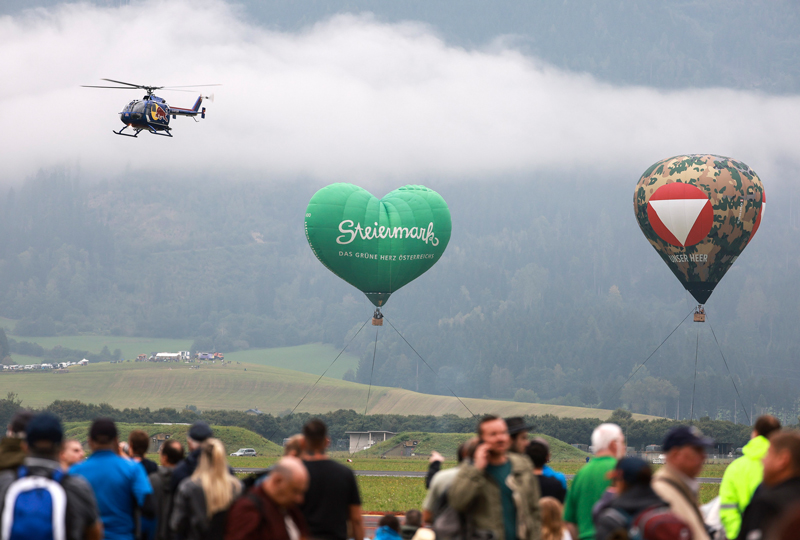
The T-6 is one of the most widely built aircraft types in the world and, as a legendary training aircraft, one of the most important designs in the history of military aviation. Today, the single-engine low-wing aircraft with its elegant flight characteristics is one of the most popular warbirds at air shows.
With the outbreak of World War II, the need for capable training aircraft grew in the U.S. and Commonwealth countries. North American Aviation had by then already developed the T-6 from its NA-16 prototype, which first took to the air in 1935. Equipped with Pratt & Whitney’s first-ever radial engine, it obviously did not reach the speed of the fighters, but it was superior to them in maneuverability and provided the ideal challenge for aspiring fighter pilots. Together with aircraft manufacturers in allied countries, North American now exploded production numbers, which soared to 15,495 by the end of the war.
In the United States Army Air Forces, the T-6 flew with the nickname “Texan,” referring to North American Aviation’s production facility in Dallas; the Royal Air Force elevated it to “Harvard,” presumably to emphasize its tandem cockpit as an elite training ground; but student pilots reverently and aptly called it “pilot maker.” Most Allied fighter pilots learned their trade in a T-6, and subsequently the air forces of over 60 nations were to call upon its services. Also those of the Austrian Federal Army, which had ten of them in service from 1959 to 1971.
The Flying Bulls T-6 was produced by Canadian aircraft manufacturer Noordyun Aviation for the USAAF in 1942, but shortly after completion was transferred to the Royal Canadian Airforce, where it served a reserve existence.
In 1946 it passed into private ownership, and in 1947 it was sold to the Swiss Air Force, where it served its original purpose of training federal fighter pilots for the next 20 years. After being decommissioned, the old lady found her way to Germany via private owners and, at the end of the 1970s, finally to Walter Eichhorn, six years her senior, who was to move her acrobatically through the air for 44 years. Until 1991 he let their unmistakable engine sound be heard in a solo program at several air shows, from 1992 his son Toni – also in a T-6 – joined them and the “flying squirrels” as a two-man formation soon became a household name in the aerobatics scene. When, at the age of 84, Walter was no longer allowed to fly aircraft over two tons, he climbed into his Harvard one last time and flew it to Salzburg to leave it in the best hands. He piloted some 60 different aircraft during a career that saw him rise to the select circle of “Living Legends of Aviation”, but the T-6 was always his great treasure, which will continue to be shared with the public through the work of the Flying Bulls.
North American T-6
Technische Daten :